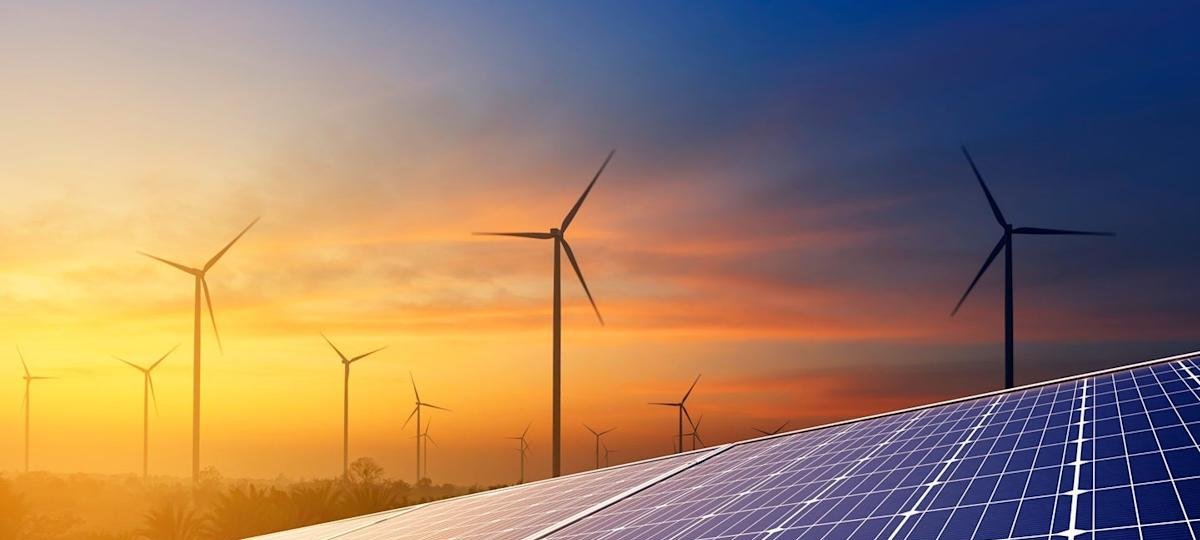Power Station Strategy and market mechanisms
Bundesnetzagentur President Klaus Müller said in a statement that long-term security hinges on building a new fleet of power stations and on introducing a capacity mechanism that rewards availability, not only energy delivered. He added that demand-side flexibility—consumers shifting consumption when prices signal scarcity—will become increasingly important as the share of variable renewables grows.
The federal government’s planned Power Station Strategy would establish the legal framework for new controllable plants by 2030. The monitoring report supports that timetable and argues that swift implementation is essential to avoid reliability risks associated with lagging wind and solar deployment.
Storage and flexible demand reduce peak stress
Beyond conventional generation, the report highlights the role of battery systems, pumped hydro and other storage technologies in shaving peak demand. Additional flexibility from heat pumps, electric vehicles and industrial load management could also lower the amount of new plant capacity required. The findings align with assessments from the International Energy Agency, which sees storage as a cost-effective complement to renewable expansion worldwide.
Solar tender selects 2.3 GW of new projects
As part of its regular auction program, the Bundesnetzagentur recently awarded contracts to 258 ground-mounted solar projects totaling 2,271 MW. The selected installations will feed into Germany’s goal of accelerating photovoltaic deployment, helping offset the controllable capacity Germany still needs to build.
Network build-out remains a parallel priority
The report warns that electricity transport volumes will continue to climb, necessitating faster grid expansion and ongoing redispatch measures. Without timely network upgrades, regional bottlenecks could undermine overall system reliability even if sufficient generation is available.
Germany’s latest assessment underscores a dual challenge: scaling up variable renewable energy while adding enough dispatchable resources to back it up. Policymakers now face detailed design choices for the capacity mechanism and the exact mix of technologies that will deliver the targeted 22–35 GW.
For readers following broader energy-sector developments, our Finance News Update section provides regular coverage of investment trends shaping the transition.
Image credit: bombermoon/Shutterstock.com



